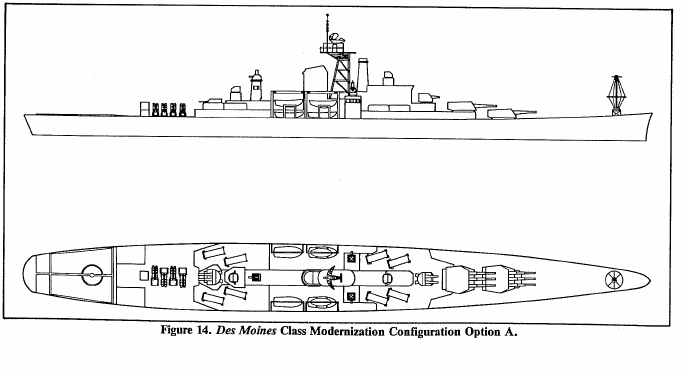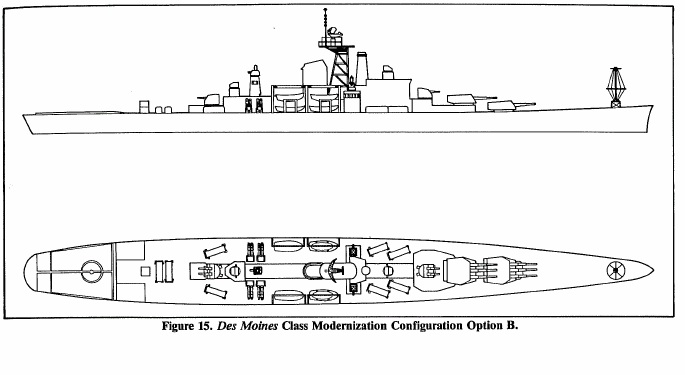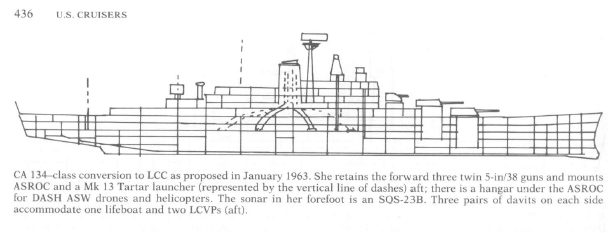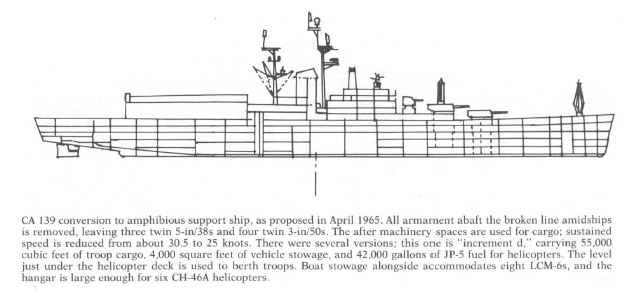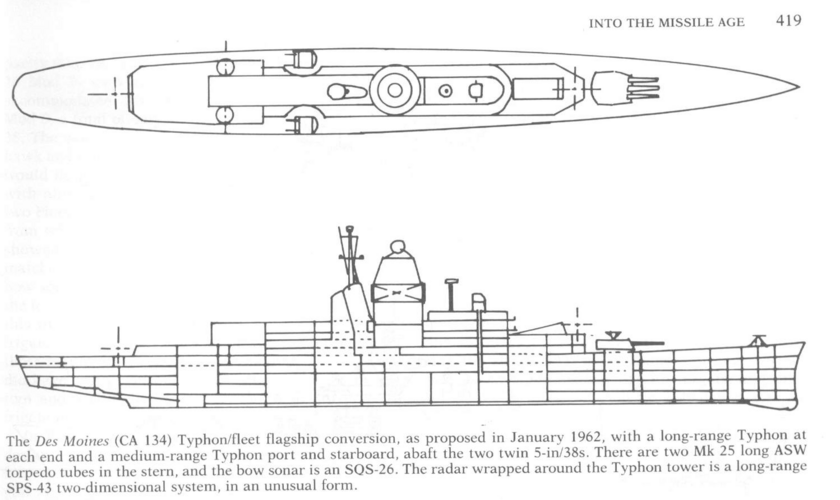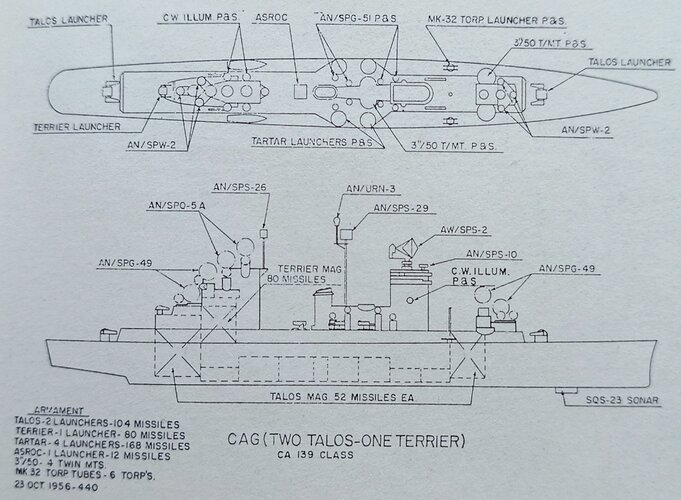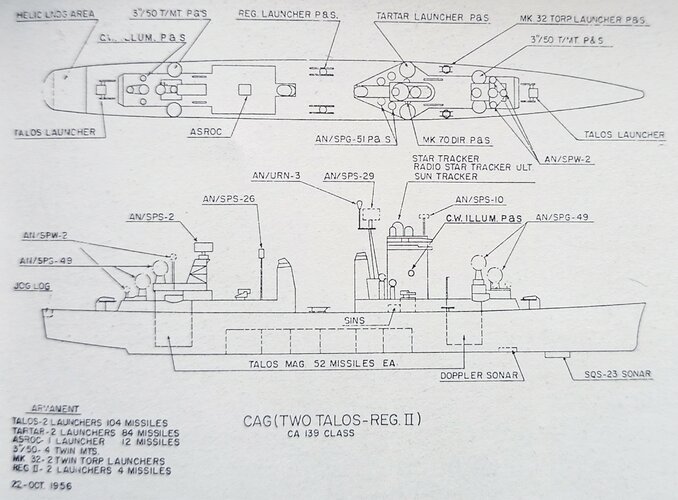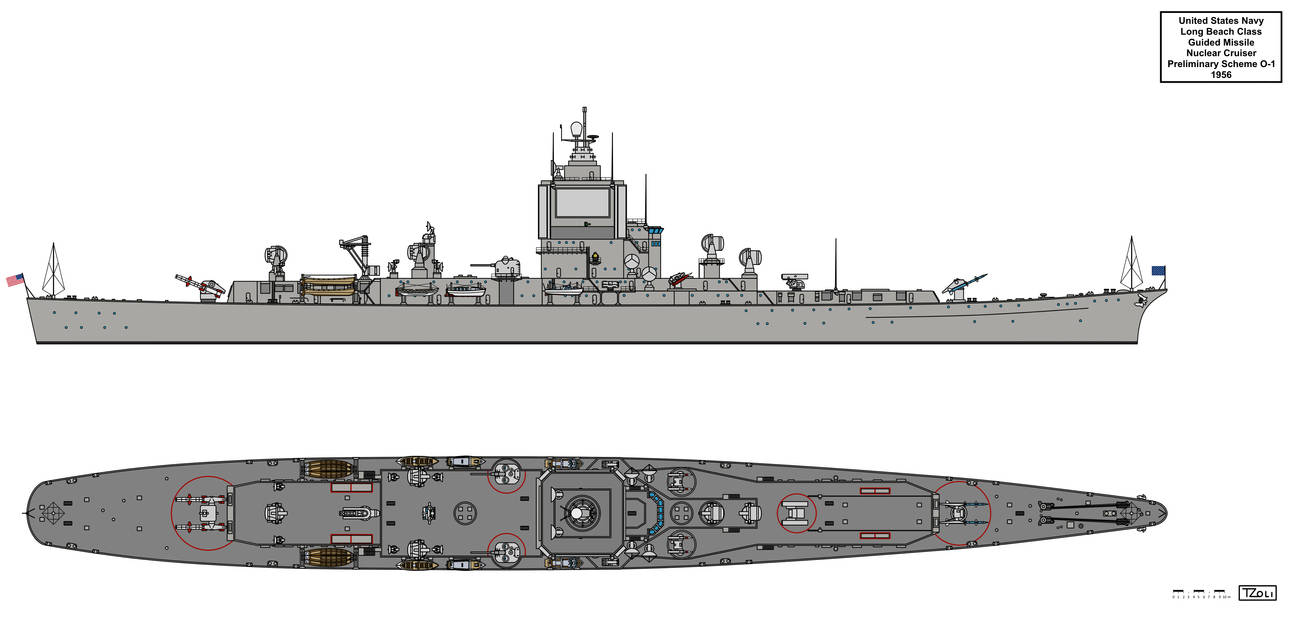What false premise? I think if they had built 32 of them it would be a much more viable platform.
The Zumwalts aren't unviable in any way, they're a perfectly functional ship. Sure they had a few teething issues, but they've outgrown them. There are rumors going around that not even a 774 can hear them at point-blank range, plus they have the best ASW sensors in the fleet.
The Zumwalt is the product of a series of unfortunate circumstances and missteps, and I think it's amazing the end product turned out remotely functional. She is the brainchild of 1990s thinking; limited budgets which led to overly complex design studies that produced few viable results (cough cough SC-21), the Gulf War NGFS craze, and rapidly dwindling ship numbers.
Once the Berlin Wall fell, the Navy lost its main purpose; containing the VMF. The Navy found itself left with ~592 ships with no foe that could justify the existence of such a large force. Then came the budget cuts, forcing the Navy to scrap half its operational force in about a decade. The Forrestals, CGNs, Terrier Cruisers, early destroyers, ASROC frigates, and virtually every submarine that wasn't a Los Angeles or Ohio. Although to be fair, a lot of those would be scrapped in the 1990s regardless. The remaining fleet, which was all the relatively high-end stuff, didn't seem to have much of a role at that point.
Then the Gulf War happened. The Iowas had their one final hurrah before heading to the museums, and all of a sudden the Navy got real interested in NGFS again. Rather than holding the line in the Norwegian and Greenland Seas, the Navy thought they'd be fighting rogue third-world countries in some backwater part of Africa or Asia.
Seeing as budgets were now back to Pre-Cold War levels (hell, pre-WW2 levels), money had to be wisely spent. That and the sudden influx of technology (VLS, phased arrays, guided shells, and stealth) meant that any future ships had to be meticulously designed to be compatible with budgets, future threats, and be capable of significant amounts of NGFS (I know, great English there). And, in order to make up for declining fleet numbers, it would probably be doing the role of at least 2 ship classes. So began the SC-21 COEA study.
The SC-21 study began in 1994, although its origins could probably be traced back to the late 80s, when CNO Trost ordered 2 new studies, the Ship Operational Characteristics Study (SOCS), and the Surface Combatant Force Requirement Study (SCFRS). SCFRS concluded that the fleet should be made up of 224 vessels, most of which would be relatively high-end (we wanted to cut out frigates entirely actually, instead cycling old destroyers and cruisers down to the convoy escort role). SOCS concluded that stealth, power generation, growth potential, and other new technologies would be vital to the future of the fleet. This was then backed up by a slew of other studies that fell somewhere between SC-21 and SCFRS/SOCS. So, that thinking along with the need to spend money carefully, and the sudden passion for NGFS was all factored into SC-21.
The resulting concepts from the SC-21 were less than sane, to put it likely. When the program ended in 1997, we had successfully drafted a 25,000-ton cruiser that had 254 Mk41 cells and an entire welldeck for an LCAC, a ship with modular BMD capabilities, the Arsenal Ship, a weaponized tanker, and just about everything in between. In total, at least 32 designs were considered. Ultimately, it was decided to procure 3 designs, the Arsenal Ship, a Spruance/Perry replacement intended for NGFS and ASW, and a Tico replacement. The Arsenal Ship was considered the least risky design of all the options, with a projected procurement date of 1998(?), and the lessons learned from that program would support the new destroyer which would be laid down around 2005, which would ultimately serve as a stepping stone to a much larger AAW flagship around 2017. Obviously, the later 2 became the Zumwalt and CG(X) programs respectively.
I believe this was an important step in the Zumwalt's design history. In retrospect, the SC-21 program was a disaster from the very start. While not clear then, it is ultimately the source of all the Navy's current problems. To paraphrase what the man who lead the SC-21 studies said, "there was too little funding, too little time, too many studies, and the proper tools to embark upon such an ambitious program (namely CAD and computer software), were still in their infancy". That and Reagan's Navy had a history of designing very odd ships (see my CONFORM bibliography document), and this culture ultimately carried over into the 1990s. I think part of the reason this happened was the 1980s CONFORM designs were not meant to be taken seriously, they were merely thought exercises. In reality, actual efforts to design the next warships, namely the Burke Flight III, NFR-90, and Burke herself were well underway. All but one of the programs listed above ultimately fell through due to post-Cold War budgets, and the only remaining design studies were the less than rational. That combined with the lack of a well-defined role for the Navy, various domestic and geopolitical changes ultimately created a disaster waiting to happen, which culminated in the SC-21 program.
So back to my original post. The Zumwalt is the brainchild of 1990s thinking, based upon 3 false premises. The first was the apparent need for NGFS, which was disproven by Bush Jr. and his invasion of Iraq. The second was the whole program from the start, there was too much theory and too much lunacy to make anything definite. And the third and final one, our inability to forsee the rise of China and the return to the open ocean naval battle thinking which was so present in the Cold War.

